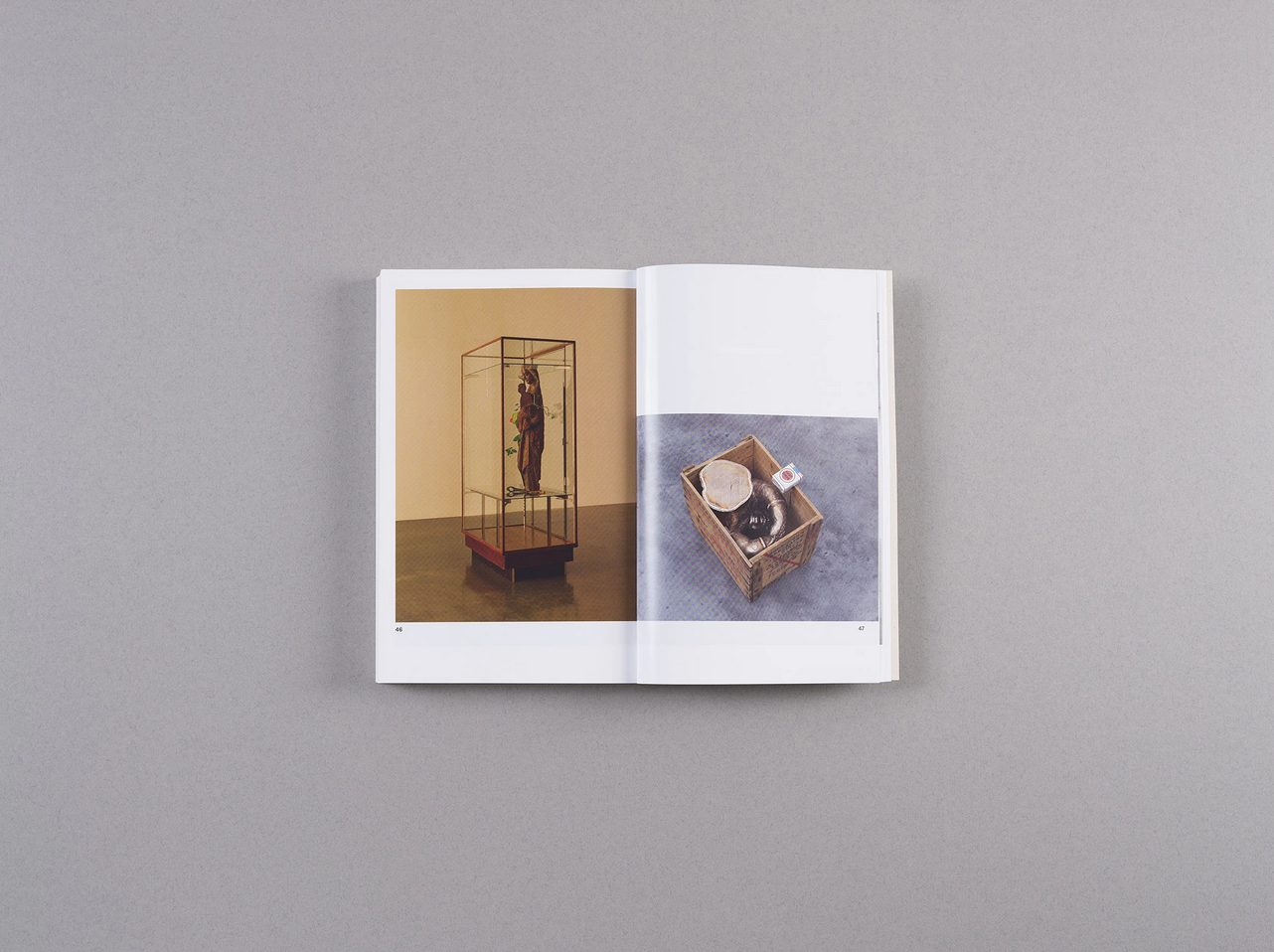Compiled and edited by Honey Luard and Elaine Tam
Designed by B.A.M
230 x 150 mm, paperback
352 pages, 67 colour and 11 black and white illustrations
ISBN 978-1-910844-49-6
Published by White Cube, October 2021
Click here to purchase [SOLD OUT]
WHITE CUBE COMPANION is an anthology of writings, in-conversations and visual essays, platforming the practices of artists the gallery has worked with.


Hailing from a range of contexts, the anthology starts with a glossary tied to White Cube’s Frieze London presentation. Serving as a guide for readers to create visual and conceptual connections between works and learn about philosophical undercurrents of the artists’ shared approaches to abstraction, the publication also reproduces one work by each represented artist.
Tim Marlow, Shahidha Bari, Margot Heller and Roy Vickery debate the many meanings of ‘home’ by way of Danh Vo’s ‘Chicxulub’ (2020), a landscape of plants, furnaces, statue fragments and Beefeater gin boxes installed at White Cube Bermondsey late last year. Leon Chew photographs the delicate alignments of Takis’ kinetic metal sculptures. And Dakin Hart explores Isamu Noguchi’s idea of the perfect functional object, focusing on his hypothetical proposals for playgrounds.
Ibrahim Mahama talks to Susan May from a disused silo in Tamale, Ghana, once used for storing cocoa post-independence and recently renovated by Mahama into a cultural institution. Tunji Adeniyi-Jones presents a series of line drawings in which figures hover affirmatively on the cusp of action. And Masato Fukushima approaches the paintings of Minoru Nomata, which take industrial forms and architectural structures, and transfigure them to otherworldly edifices.
Harland Miller writes about the dissonant experience of moving from New York to Paris in 1991, and the rich source of material offered by the French language, now at play in his recent ‘French Letter Paintings’. Robert Storr writes a vivid profile on Al Held, an artist whose abstractions idiosyncratically ‘cut-and-dried’ the values of Abstract Expressionism. Tracey Emin shares her reflections and revelations from intensive care, before and after cancer surgery.
In a revealing interview with Ingrid Sischy from 2007, Chuck Close discloses the ritualised process through which he compiled his gridded canvases, which served to alleviate feelings of nervousness and anxiety following his confinement to a wheelchair. Sarah Wilson investigates Francis Picabia’s ‘Transparencies’ of the late 1920s and early ’30s, exploring how the artist’s knowledge of photography and hedonistic lifestyle in Cannes and Barcelona led to an intermingling of sources that ‘can be seen to auger certain postmodern anxieties’.
Bronwyn Katz speaks to Zoé Whitley about the tactility of South African click languages and her use of salvaged materials to explore land as something that is ‘not owned but owns us’. Rachel Kneebone discusses the dark underside of art historical conceptions of beauty with Marina Warner and Yates Norton. Erika Balsom discerns a ‘rich filmic imaginary’ from Julie Curtiss’ paintings, in which voids replace faces in a powerful gesture of withdrawal.

